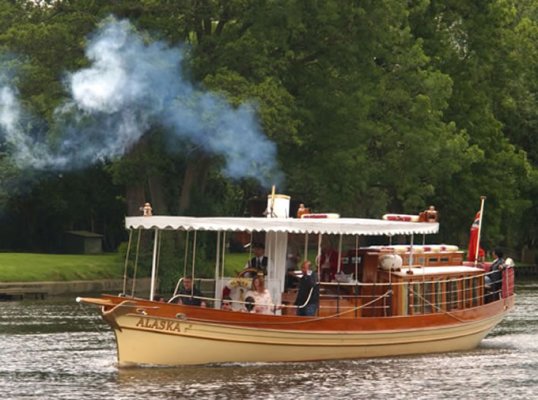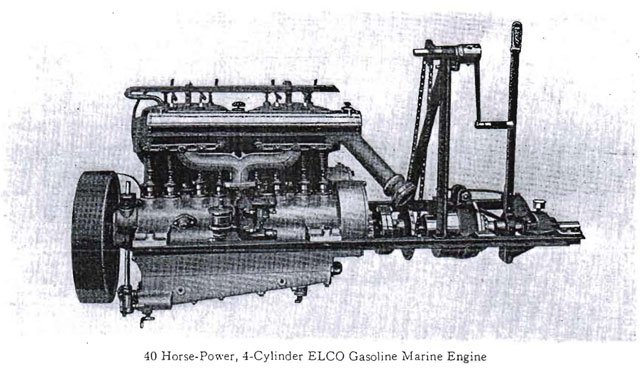Darylat8750
Veteran Member
- Joined
- Oct 18, 2013
- Messages
- 47
- Location
- USA
- Vessel Name
- Song of San Fransisco
- Vessel Make
- Ocean Alexander
Or you can derate it "yourself". Just don't operate the engine at the higher power settings.
On a planing boat that makes some sense to me. If the 450hp version is properly propped for full throttle M3 rating it will have more pitch than an 250hp version of that engine. If operated at displacement speed one should get better mileage than the lower rated engine because the lower rated engine would have a finer pitched prop. I wouldn't be comfortable doing that without an EGT gauge. If I were to do that I would look at the max: rpm / manifold pressure / egt that the manufacturer recommends for that engine used as a continuous duty gen set and as long as none of those parameters were exceeded I would expect a long and trouble free life. I would not operate a highly loaded turbocharged engine without an EGT gauge.
As an aside:
I've seen pictures of a tractor operating in a test cell and the whole exhaust system to the turbo was glowing a dull red. EGT was at a normal range for field work. When I added a turbo to my tractor my friend from the test cell said that if I didn't exceed 850c measured within 6in after the turbo I probably wouldn't have expensive noises. I only have a few hundred hours on it at heavy load but so far so good.

I was slower at typing than Baker. What he says makes sense to me.
Last edited:



